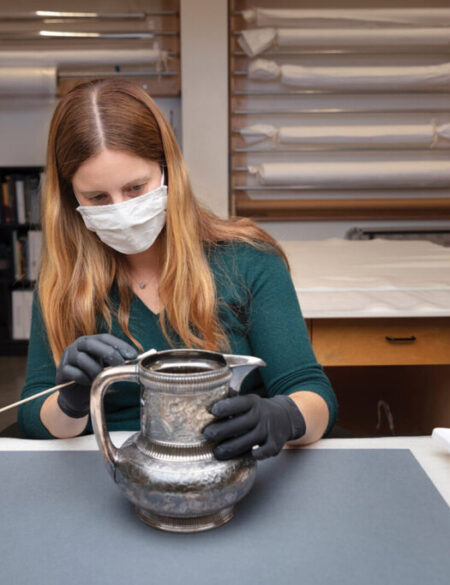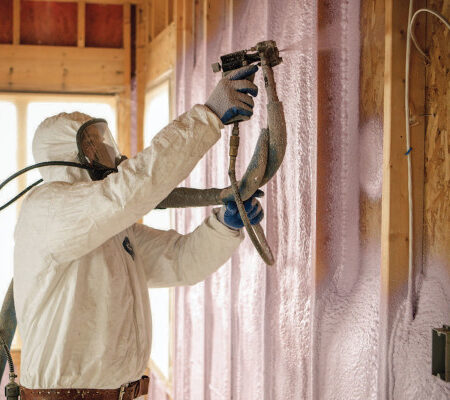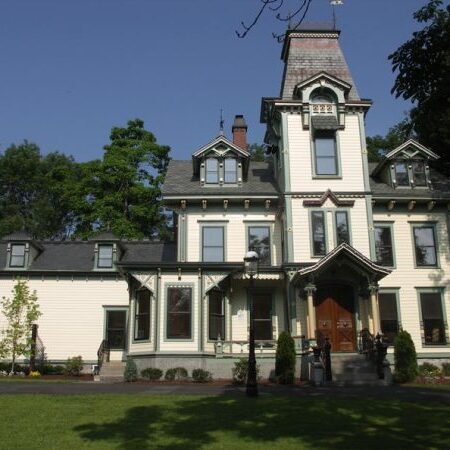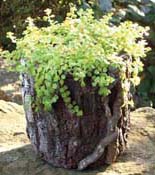This content was originally published on OldHouseOnline.com and has been republished here as part of a merger between our two businesses. All copy is presented here as it originally appeared there.

Fireplace screens can serve a dual purpose. They might be purely decorative (as shown here), adding appeal to the black hole of a fireplace that’s not in use. Or, with the addition of mesh screening, they can protect your house from wayward sparks when you do light a fire. Metal garden gates are the perfect size and material to perform both functions-for a decorative screen, simply prop the gate in front of the firebox, or create a working screen by making a few simple modifications.
How To Make It
1. Clean the gate
Once you’ve found a gate that adequately covers the opening of your firebox (aim for at least 1³ of overlap on each side), use a wire-bristle brush to remove any dirt or rust. If you’d like to paint the gate, do this after cleaning, using a high-quality metal paint.
2. Add screening
To provide additional protection from sparks, you’ll need to line the gate with a metal mesh screen, like the kind you’d use on a screen door. Cut the screen with wire cutters or metal snips so it overlaps the edge of the gate by at least ½“ on all sides. Using a high-speed steel, cobalt, or titanium-coated bit, drill a series of evenly spaced pilot holes along the top, sides and bottom of the back of the gate, excluding the bottom corners. Place the gate face down, and attach the screen via your pilot holes with small washer-head sheet metal screws, pulling it taut as you go. Once all the screws are in place, you can trim off the excess screen.
3. Create a stand
To allow the gate to stand on its own, attach two heavy-duty metal L brackets (like you’d use to support a shelf) to each of the bottom corners. Place a bracket on the gate at a 90-degree angle, aligning it so the bottom of the bracket will rest on the floor. Mark the locations for the screw holes, then drill pilot holes and attach the brackets with small sheet metal screws. Repeat this process for each of the four brackets.










